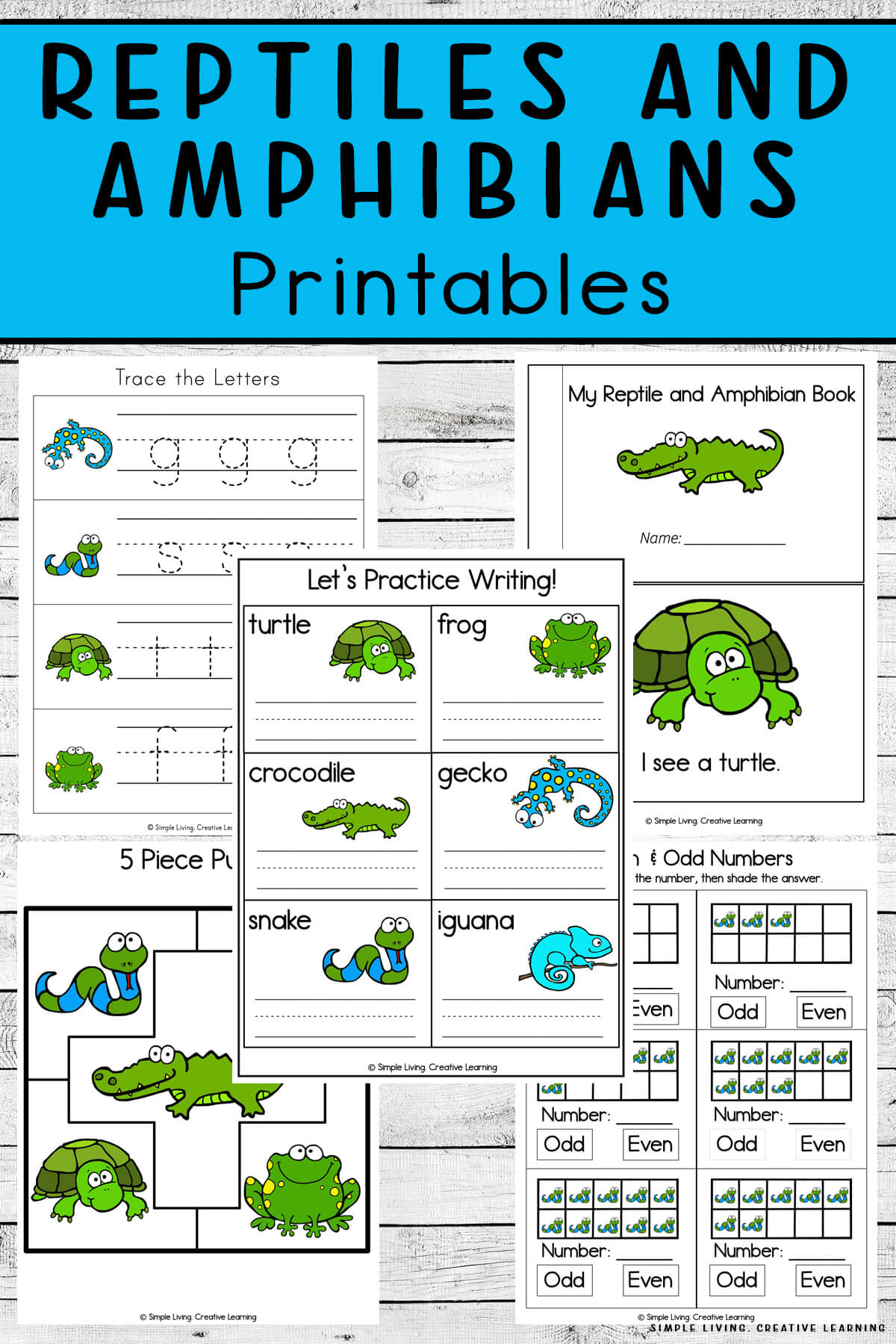IntroductionReptiles are a various group of animals which might be known for his or reptiles body temperature her distinctive traits, including their mode of respiration. Whereas most reptiles are known to breathe air using lungs, there are some species which have the ability to breathe underwater by means of gills. This study aims to discover the varied methods of respiration in reptiles and the adaptations that allow sure species to breathe with gills.
 Respiration in ReptilesThe vast majority of reptiles, including snakes, lizards, and turtles, respire using lungs. These animals take in oxygen through their lungs and launch carbon dioxide through the same mechanism. Lungs are sometimes nicely developed in reptiles body temperature and are accountable for the trade of gases between the animal and its setting. This mode of respiration permits reptiles to efficiently extract oxygen from the air, even in low oxygen environments.
Respiration in ReptilesThe vast majority of reptiles, including snakes, lizards, and turtles, respire using lungs. These animals take in oxygen through their lungs and launch carbon dioxide through the same mechanism. Lungs are sometimes nicely developed in reptiles body temperature and are accountable for the trade of gases between the animal and its setting. This mode of respiration permits reptiles to efficiently extract oxygen from the air, even in low oxygen environments.
On the other hand, there are some species of reptiles that have evolved the flexibility to breathe underwater using gills. Probably the most well-known example of this is the sea snake, which has specialized gills that enable it to extract oxygen from water. These gills are situated on the sides of the snake’s head and are well tailored for extracting oxygen from the encompassing water. By respiration with gills, sea snakes are in a position to remain submerged for prolonged durations of time and hunt for prey in underwater environments.
Adaptations for Gills in ReptilesThe evolution of gills in certain species of reptiles has required plenty of adaptations to enable efficient respiration underwater. Considered one of the key adaptations is the event of specialised buildings reptile pets for teenagers extracting oxygen from water. In sea snakes, for instance, the gills are highly vascularized, permitting for the environment friendly exchange of gases between the animal and the encompassing water.
In addition to specialized gills, reptiles that breathe underwater have also developed different adaptations to facilitate respiration in aquatic environments. These adaptations could embrace modifications to the respiratory system, reminiscent of a rise in lung capability or the flexibility to retailer oxygen for prolonged intervals of time. By making these adaptations, reptiles are in a position to thrive in quite a lot of environments, including each terrestrial and aquatic habitats.
ConclusionIn conclusion, pet reptile exotic reptiles exhibit a wide range of respiratory adaptations that allow them to breathe in numerous environments. Whereas most reptiles respire using lungs, there are some species which have evolved the flexibility to breathe with gills. These adaptations have allowed reptiles to occupy a diverse vary of habitats and fulfill numerous ecological roles. Additional analysis is required to know the mechanisms of respiration in reptiles and the evolutionary processes that have formed their respiratory methods.

No responses yet